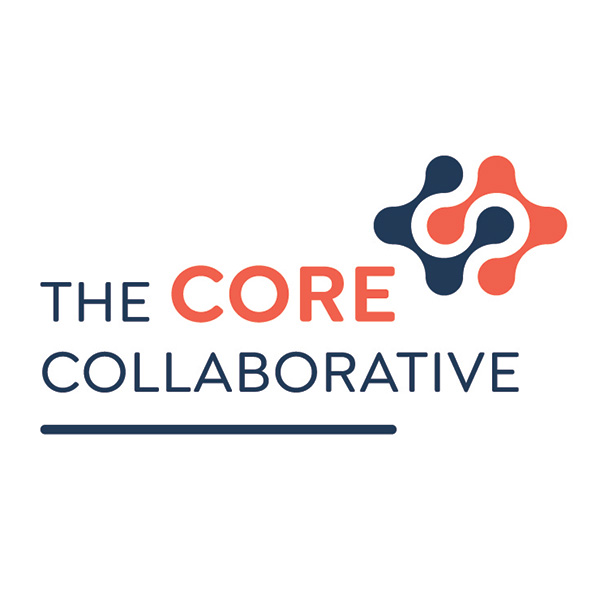How Balanced Assessment Benefits Students
In preparing for a recent #CoreChat on Twitter, I found myself digging deep into resources for assessing Multilingual Learners (MLLs). While descending and winding through the rabbit hole I began to notice a trend. We spend an extraordinary amount of time attempting to determine all the concepts, skills and dispositions that our MLLs are lacking, rather than using those same tools to uncover and understand what our MLLs can do.
The Benefit of Using Balanced Assessment
Through balanced assessment, viewing our MLLs through an asset based lens requires us to change our perspective. Rather than approach teaching from a deficit mindset, we instead become asset focused. We relentlessly work to identify all of the concepts, skills and dispositions that our MLLs already possess with the same fervor that we employ to determine what they lack. In fact, the labels we use to identify these students, whether we use Multilingual Learners or English Learners, both imply that whether they are adding another language to their repertoire or just trying to learn English, they still lack a language. This is one of the many reasons that I love the term “Emergent Bilinguals” because it reminds us that these students are engaged in the incredible process of becoming bilingual or multilingual. The label itself is additive in nature and implies that our teaching is getting them closer to their goal of mastering more than one language.
Recognizing and honoring that these students are in the midst of developing a superpower–becoming bi- or multilingual–helps us shift our thinking. We become laser focused on uncovering the knowledge they currently possess so that we can build upon that knowledge and help propel their learning forward. Here are some additional ways a balanced assessment framework can use formative data to build an asset based learning profile of our emergent bilingual students.
The Impact Teams Process as a First Step
When analyzing the assessment data we acquire from a balanced assessment system for MLLs, we begin by establishing all of the skills that students have mastered. The EAA Analysis of Student Work Protocol utilized in the Impact Teams process has us begin the analysis of student work with the proficient criteria. In doing so, we begin by identifying the concepts, skills and dispositions that these students possess that contributed to their success. Likewise, we should begin the analysis of the students who are not yet proficient by identifying the skills and concepts that they already possess before asking what they are struggling with.
For example, if we use a differentiated assessment for our MLLs and discover that they correctly identified the supporting details for a main idea in a text, we can then use that skill to help them improve in the skill that they struggled with, finding the main idea. Their strength in identifying the details can be used as a strategy to help them determine the main idea of a text.
Differentiated Tasks for Formative Assessment
In my book, “Common Formative Assessments for English Learners,” I share a process for differentiating assessment tasks for Emerging Bilingual students. If we are looking for an authentic opportunity for our students to demonstrate what they know and are able to do, then we should be differentiating our assessment tasks, at a minimum for students at the earliest levels of language proficiency. By differentiating our tasks, we ensure that our MLLs can access the assessment and demonstrate what they know and are able to do. This type of assessment is used with all students to measure their progress towards specific goals and learning targets/intentions.
A Balanced Assessment Framework: Utilizing Multiple Sources of Evidence
In a balanced assessment framework, we need multiple sources of evidence in addition to the differentiated tasks that help students and their teachers better understand where they are in the learning progression, and how they are developing as learners. Gathering student voice data through brief interviews, simple surveys, and/or student focus groups can provide information on students’ attitudes toward a subject, their experiences in school, and their general social and emotional well-being. “Screeners” can be used to predict which students might need more, or less, support on certain skills or concepts and then to check whether or not they continue to need support in the future. Teachers can use diagnostic assessments to determine students’ current strengths and needs. These assessments have the benefit of predicting what specific support students might need to continue their progress. Portfolios and other methods can be used in partnership with students to identify growth and development and reflect on how students made progress throughout the year. There are many more ways to gather evidence of students’ thinking, but these are a great way to get started developing a more complete picture of our learners.


